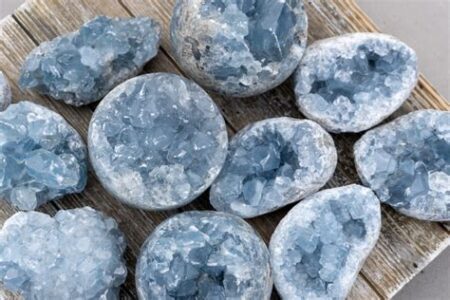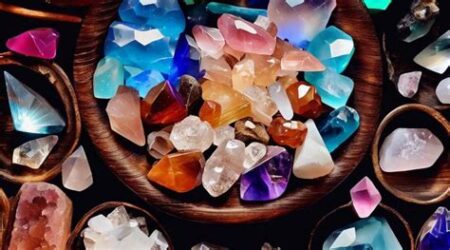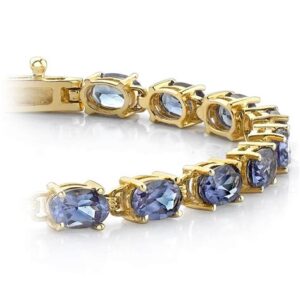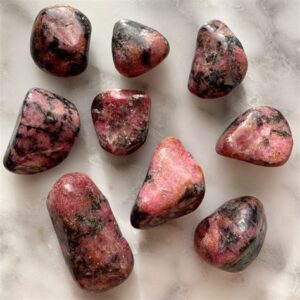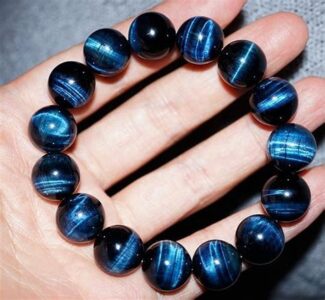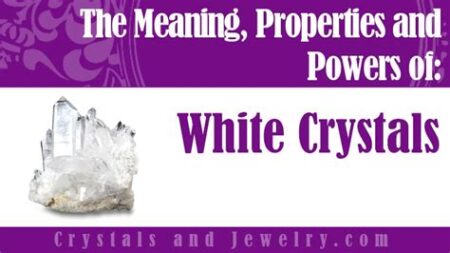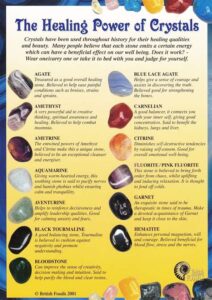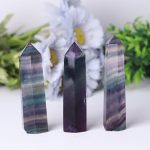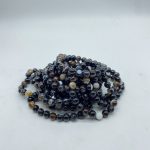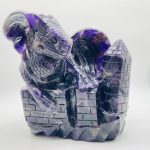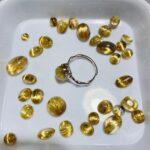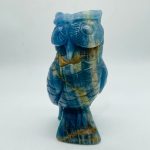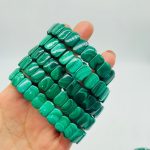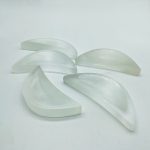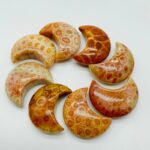Introduction
Clear crystals have captivated human imagination for centuries, adorning jewelry, gracing sacred spaces, and inspiring scientific discoveries. Their ethereal beauty and extraordinary properties have made them an integral part of art, spirituality, and technology. This article delves into the multifaceted world of clear crystals, exploring their diverse types, unique characteristics, and captivating applications.
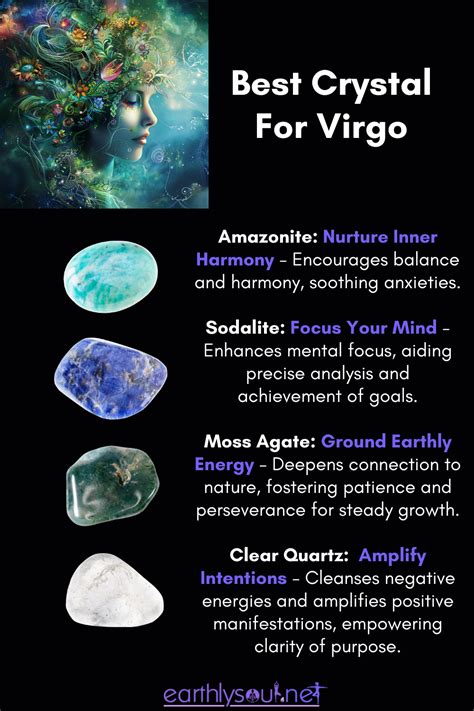
Diamond: The Quintessence of Clarity
Renowned for its exceptional hardness and radiant sparkle, diamond is the quintessential clear crystal. These precious gemstones are formed under extreme pressure and temperature within the Earth’s mantle. The World Diamond Council estimates that only 1 in 1,000 carats of mined diamonds are of gem quality, making them highly prized.
Quartz: A Versatile Mineraloid
Quartz, the second most abundant mineral on Earth, exhibits a wide range of clear varieties. Rock crystal is the most common, characterized by its water-like transparency. Ametrine, a rare form of quartz, displays both purple and yellow hues. Citrine, another popular variety, boasts a warm, lemony color.
Topaz: A Gemstone of Strength and Beauty
Topaz, with its exceptional hardness and brilliant fire, is a prized gemstone. The most common variety is colorless, but blue, green, and yellow varieties are also found. According to the American Gem Society, topaz has been used for centuries to symbolize strength, courage, and faithfulness.
Zircon: A Diamond Simulant with Fire
Zircon is a relatively rare mineral that often displays a clear, diamond-like appearance. When cut and polished, zircon can exhibit a dazzling brilliance that rivals genuine diamonds. The International Gemological Institute notes that zircon has a high refractive index, which gives it exceptional fire and sparkle.
Moissanite: A Superhard Synthetic
Moissanite, a synthetic crystal, is renowned for its remarkable hardness, exceeding that of natural diamonds. Its chemical composition, silicon carbide, makes it highly resistant to heat and scratching. The National Institute of Standards and Technology (NIST) has demonstrated that moissanite is an excellent thermal conductor, making it a potential candidate for high-temperature applications.
Other Clear Crystals
Beyond the aforementioned types, numerous other clear crystals exist with unique properties and applications. These include:
- Goshenite: A colorless variety of beryl, the mineral from which emeralds are derived.
- Danburite: A rare calcium silicate mineral known for its brilliant luster.
- Prehnite: A hydrous calcium aluminum silicate mineral with a pale green to yellowish color.
- Apophyllite: A hydrous potassium calcium silicate mineral with a distinctive pyramid-shaped crystal habit.
Applications of Clear Crystals
The clarity and exceptional properties of clear crystals have led to their widespread use in a variety of applications:
Jewelry
Clear crystals are highly sought after for their beauty and durability in jewelry. Diamonds are the most popular choice for engagement rings, while quartz and topaz are used in a wide range of jewelry designs.
Spiritual Practices
Clear crystals are believed to have spiritual properties that promote healing, protection, and spiritual growth. Quartz and amethyst are particularly popular for these purposes due to their ability to amplify energy.
Optics and Electronics
Clear crystals play a vital role in optical and electronic devices. Diamond is used as a cutting material due to its extreme hardness, while quartz is employed in lasers, lenses, and other optical components.
Cutting Tools
Certain clear crystals, such as diamond and moissanite, are exceptionally hard and durable, making them ideal for cutting tools. They are used in industrial applications such as glass cutting, diamond drilling, and surgical instruments.
Heat Sinks
Clear crystals with high thermal conductivity, like moissanite, can be used as heat sinks to dissipate heat in electronic devices.
Tips and Tricks for Working with Clear Crystals
- Handle with care: Clear crystals are generally hard but can be scratched or chipped if mishandled.
- Clean gently: Use warm water and a soft cloth to clean clear crystals. Avoid using harsh detergents or abrasive materials.
- Store properly: Store clear crystals in a protected مكان to prevent scratches or damage.
- Use UV protection: Some clear crystals, such as topaz, can fade when exposed to sunlight. Protect them with UV-blocking materials.
- Experiment with different cuts: The cut of a clear crystal can significantly affect its appearance and optical properties. Explore different cuts, such as brilliant, step, or cabochon, to achieve the desired effect.
Common Mistakes to Avoid
- Confusing clarity with color: Clarity refers to the transparency of a crystal, while color refers to its hue.
- Assuming all clear crystals are valuable: While some clear crystals, such as diamonds, are highly prized, others may have less value.
- Treating clear crystals roughly: Clear crystals, despite their hardness, can be scratched or damaged if handled carelessly.
- Ignoring UV protection: Some clear crystals can fade over time when exposed to sunlight.
- Overpaying for clarity: While clarity is important, other factors, such as cut, color, and carat weight, also contribute to the value of a crystal.
A New Word: Crystallinevation
To inspire new applications for clear crystals, we propose the term “crystallinevation.” This neologism encapsulates the innovative use of clear crystals in diverse fields, fostering cross-disciplinary collaboration and unlocking their untapped potential.
Step-by-Step Approach to Crystal Identification
- Observe transparency: Determine if the crystal is clear or transparent.
- Measure hardness: Use a hardness test kit or scratch it with known minerals (e.g., quartz or topaz).
- Examine color: Note any faint hues or color variations.
- Check cleavage: Break a small fragment to observe the crystal’s cleavage planes.
- Use a refractometer: Determine the refractive index to identify the type of crystal.
Tables for Clear Crystal Properties
| Crystal | Hardness (Mohs scale) | Clarity | Refractive index |
|---|---|---|---|
| Diamond | 10 | Excellent | 2.417 |
| Quartz (rock crystal) | 7 | Excellent | 1.544 |
| Topaz | 8 | Excellent | 1.629 |
| Zircon | 7.5 | Excellent | 1.923 |
| Moissanite | 9.25 | Excellent | 2.65 |
| Crystal | Chemical composition | Crystal system | Density (g/cm³) |
|---|---|---|---|
| Diamond | C | Cubic | 3.52 |
| Quartz (SiO2) | SiO2 | Trigonal | 2.65 |
| Topaz (Al2SiO4)(F,OH)2 | Al2SiO4(F,OH)2 | Orthorhombic | 3.56 |
| Zircon (ZrSiO4) | ZrSiO4 | Tetragonal | 4.68 |
| Moissanite (SiC) | SiC | Hexagonal | 3.21 |
| Crystal | Origin | Color | Associated minerals |
|---|---|---|---|
| Diamond | Earth’s mantle | Colorless, yellow, brown, blue | Graphite, peridotite |
| Quartz (rock crystal) | Earth’s crust | Colorless, white, milky | Feldspar, mica |
| Topaz | Earth’s crust | Colorless, blue, green, yellow | Quartz, mica, beryl |
| Zircon | Earth’s crust | Colorless, red, orange, brown | Granite, syenite |
| Moissanite | Synthetic | Colorless | N/A |
| Crystal | Applications | Unique properties |
|---|---|---|
| Diamond | Jewelry, cutting tools, optics | Exceptional hardness, high refractive index |
| Quartz (rock crystal) | Jewelry, spiritual practices, optics | Transparency, piezoelectric properties |
| Topaz | Jewelry, spiritual practices | Hardness, brilliant fire |
| Zircon | Jewelry, diamond simulant, optics | High refractive index, durability |
| Moissanite | Jewelry, cutting tools, heat sinks | Superhardness, thermal conductivity |

